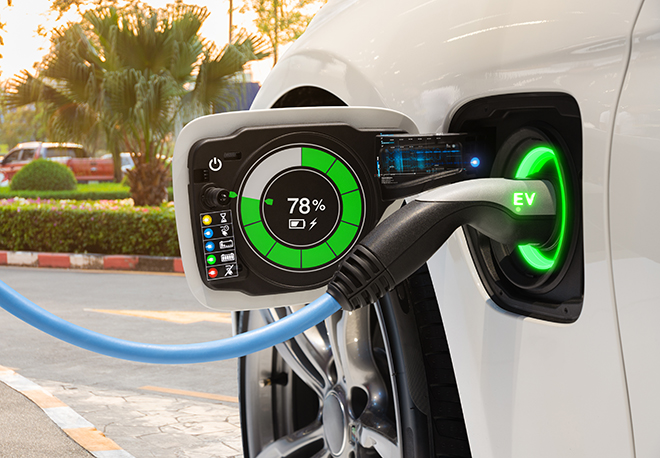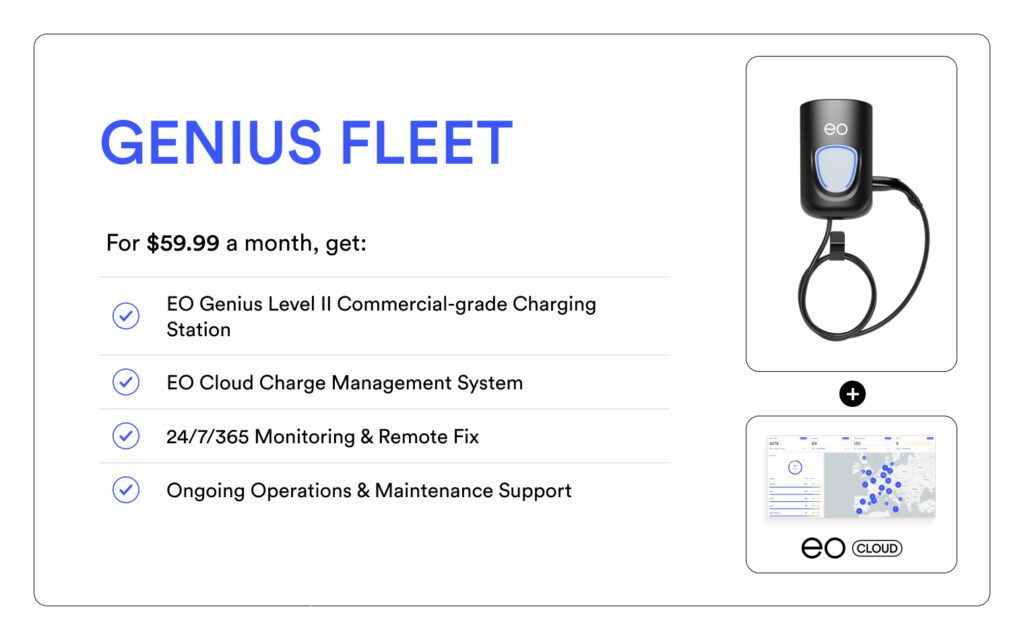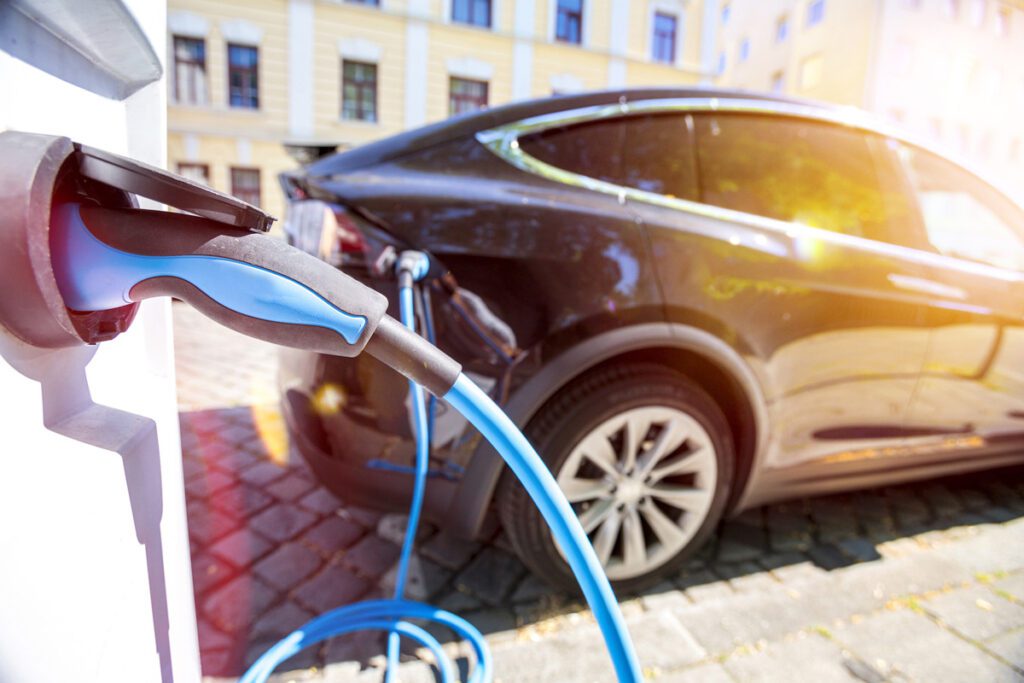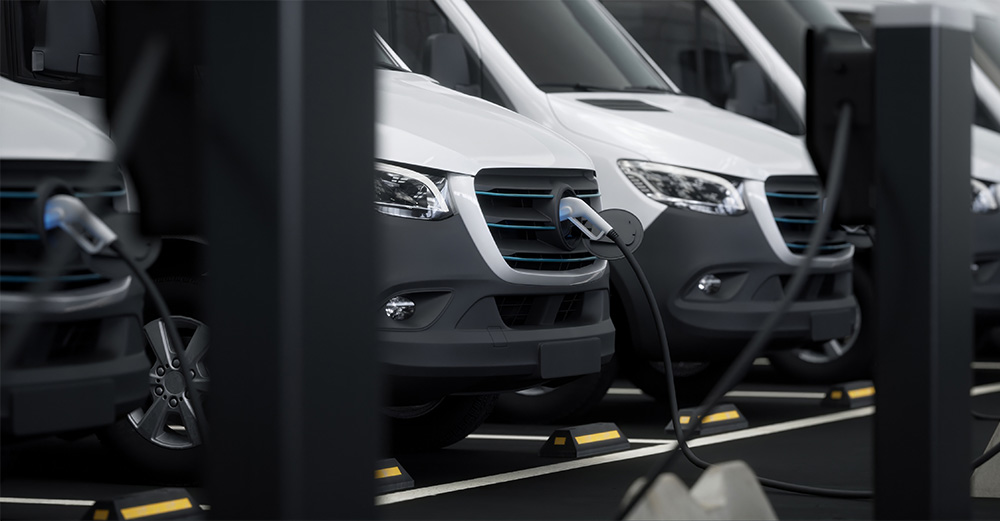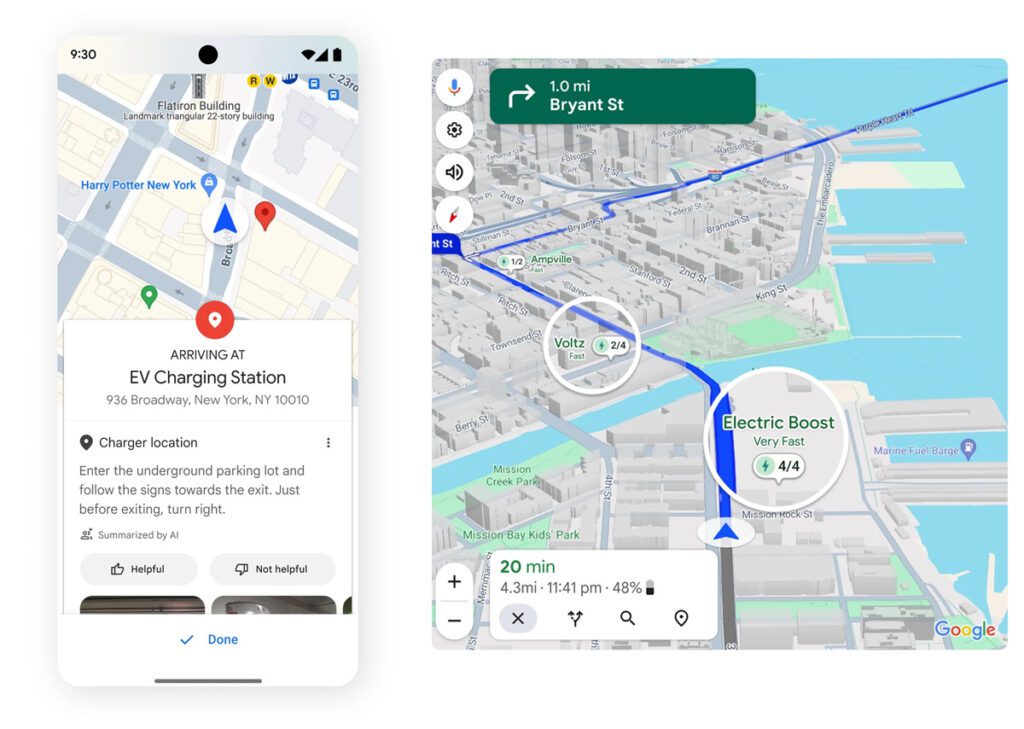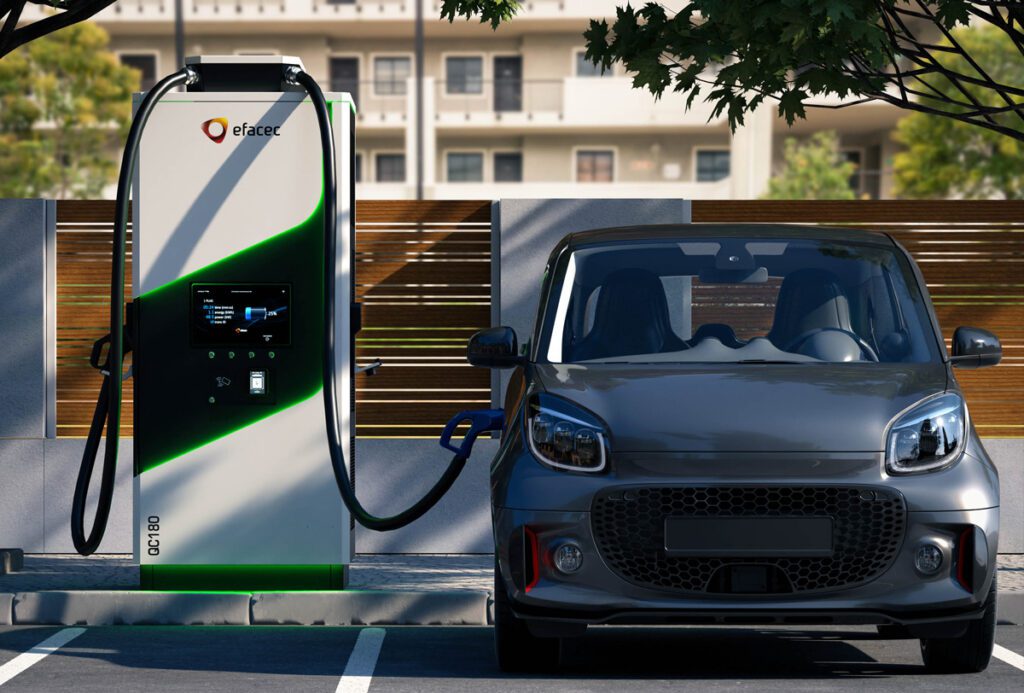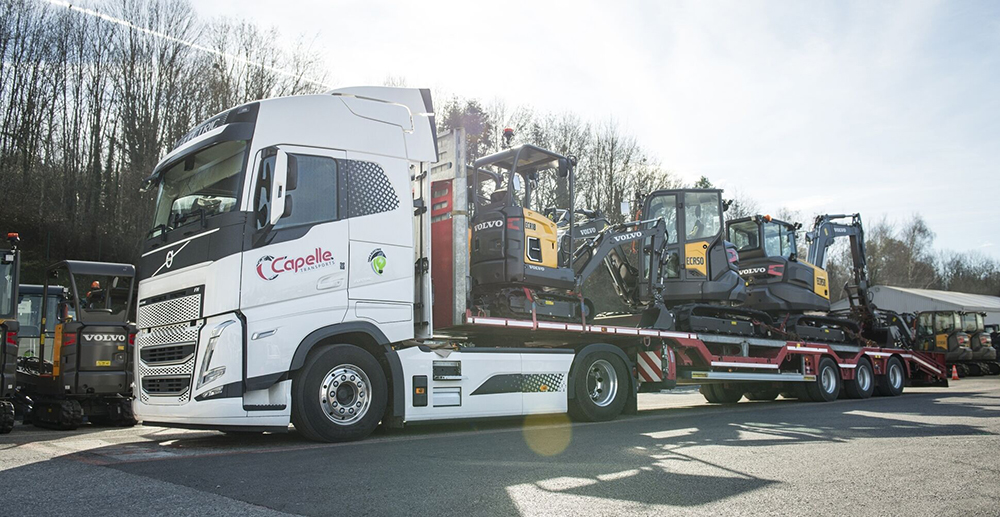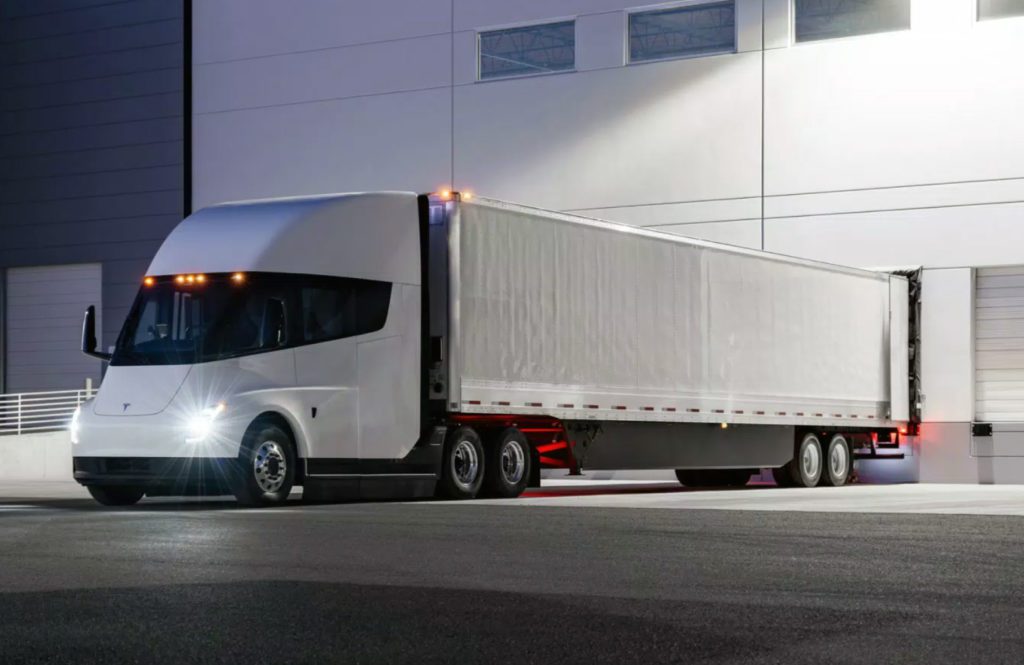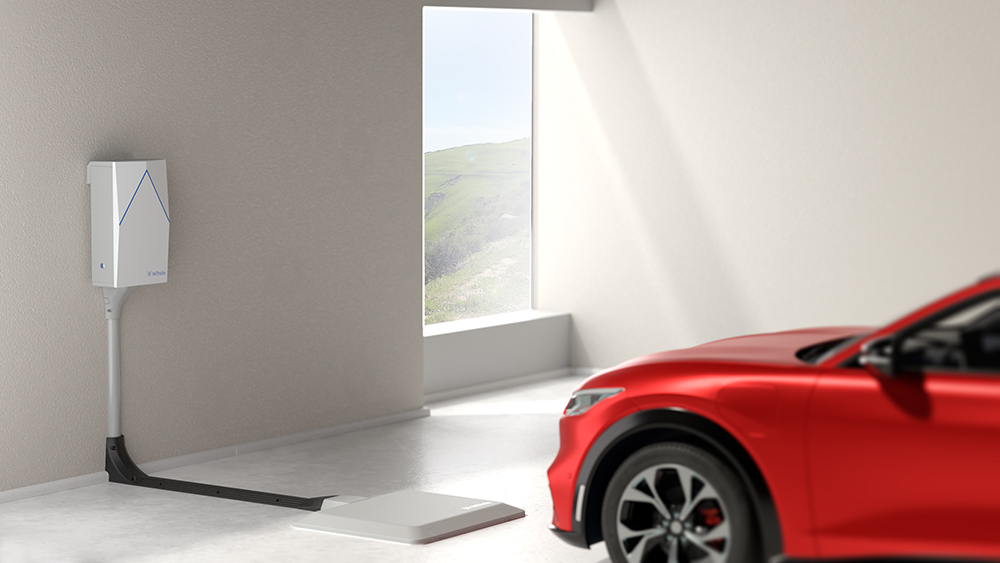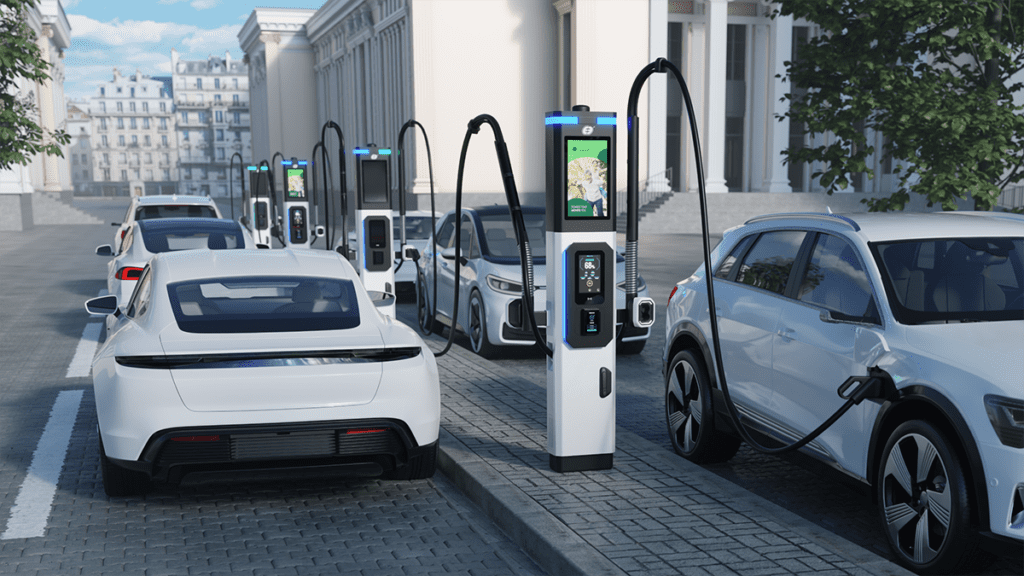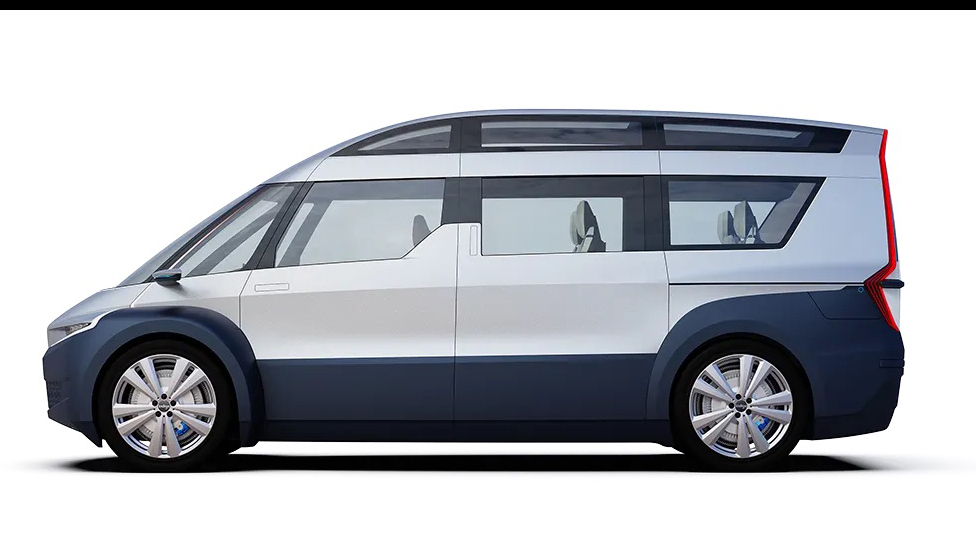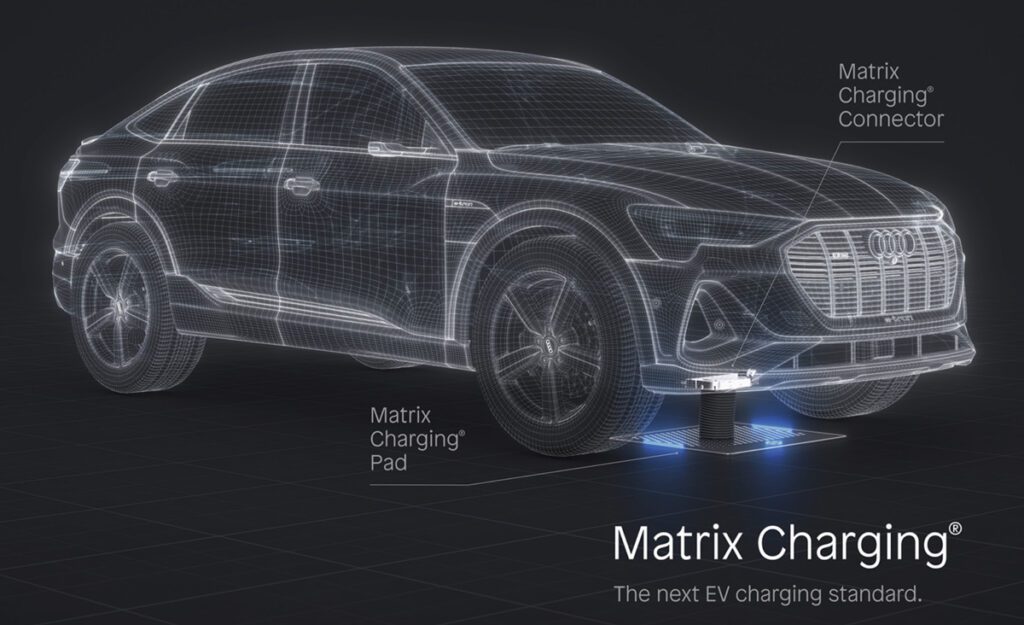A new report from The Brattle Group finds that EVs will be a major disruptor for the US electric power sector. The group’s economists predict that the number of EVs in the US will increase from 1.5 million in 2020 to 10-35 million by 2030. They estimate that the electric power sector will need to invest $75-125 billion by 2030 to serve 20 million EVs, including the deployment of 1-2 million public chargers.
The report, “Getting to 20 Million EVs by 2030: Opportunities for the Electricity Industry in Preparing for an EV Future,” includes the following forecasts:
- 20 million EVs will add 60-95 TWh of annual electricity demand and 10-20 GW of peak load, requiring 12-18 GW of renewable generation capacity.
- Total investments will likely include $30-50 billion for generation and storage, $15-25 billion for transmission and distribution (T&D) upgrades, and $30-50 billion for EV chargers and customer-side infrastructure.
- Fuel cost savings will be $12 billion/year, translating to an 8.6-year payback period for the investment. If the value of avoided greenhouse gas emissions is included at $50/ton, the payback period decreases to 7.2 years.
- The batteries installed in 20 million EVs will have up to 1,600 GWh of electricity storage capacity. They could feed up to 300 GW of power back into the grid to help integrate renewables once large-scale vehicle-to-grid (V2G) operations are viable. This V2G storage capability vastly exceeds the grid’s current and projected storage capability.
The study notes that utilities are well-positioned to invest in a substantial portion of the infrastructure necessary to drive EV adoption and to help achieve the ambitious policy targets for electrification.
“Transportation electrification poses uncertainties for electric utilities, but also creates opportunities to drive accelerated decarbonization, manage grid reliability, improve asset utilization, and become more customer-centric organizations,” said study coauthor Sanem Sergici. “While this analysis focuses primarily on light-duty vehicles, electrification of commercial fleets and freight trucks will further magnify electrification-related opportunities.”
“While EVs and chargers are becoming more common in our everyday lives, the industry is really just seeing the tip of the iceberg when it comes to the impact that EVs will have on the grid,” said study coauthor Michael Hagerty. “System planners across the electricity supply chain need to better understand and prepare for the impacts of EVs, including the opportunities for EV participation in balancing the system.”
Source: The Brattle Group



